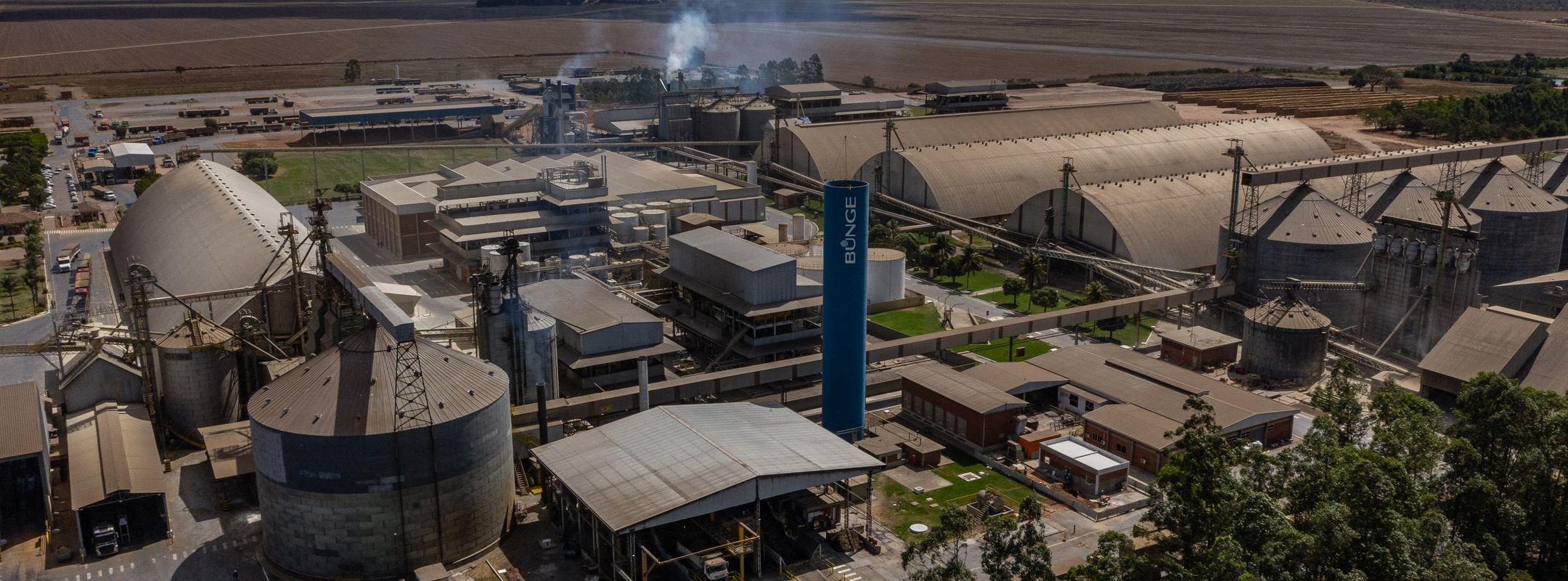How supply chain ‘stickiness’ drives deforestation
31 Jan 2023
6 min read
Trase researchers have made a significant contribution to understanding how the stability or volatility of trading relations in commodity supply chains can affect deforestation. The findings could be used to inform the development of EU ‘due diligence’ legislation.

Aerial view of a soybean processing unit in the Cerrado, Brazil (Victor Moriyama/Rainforest Foundation)